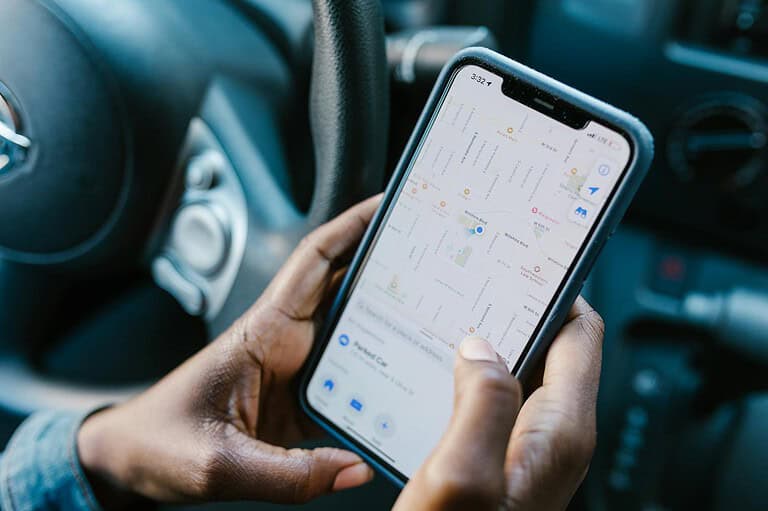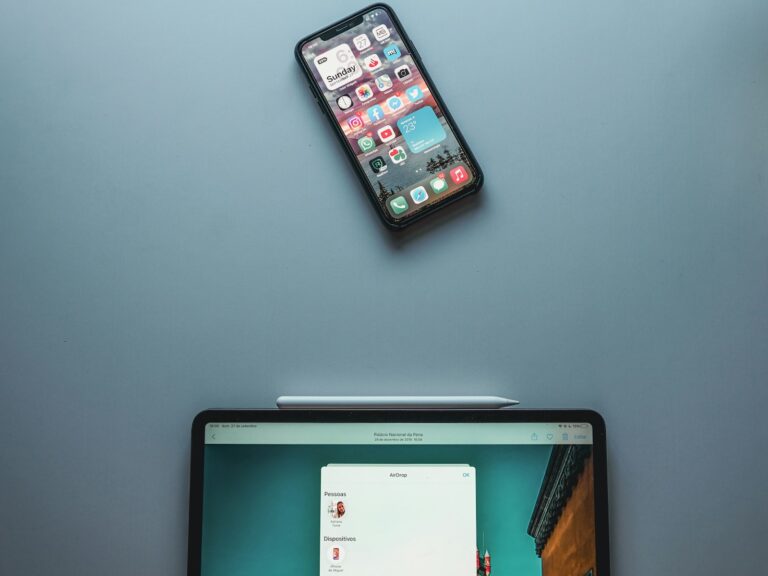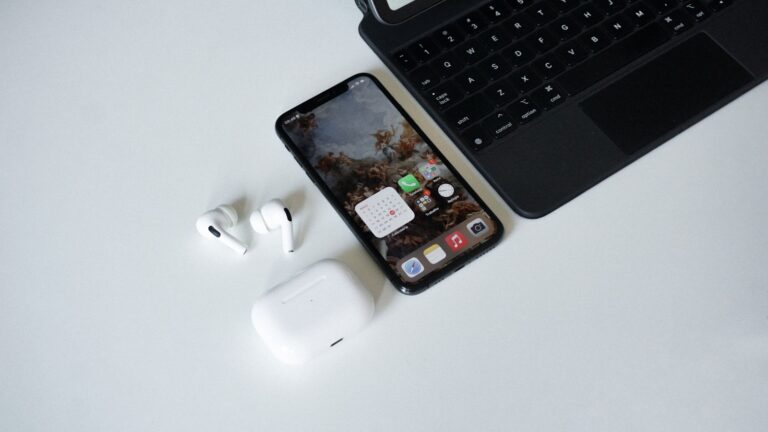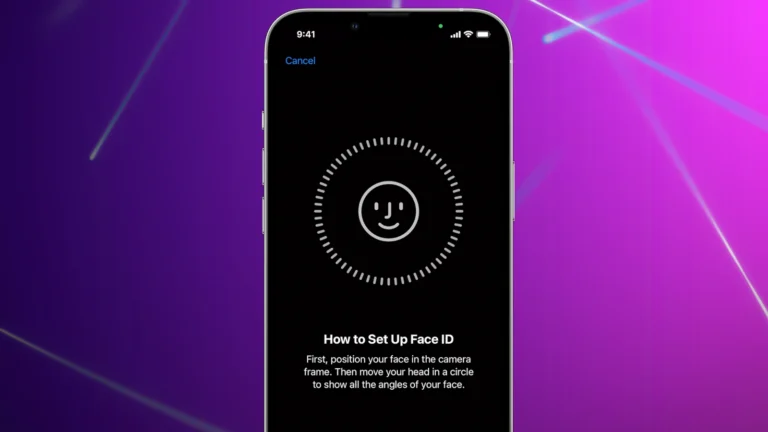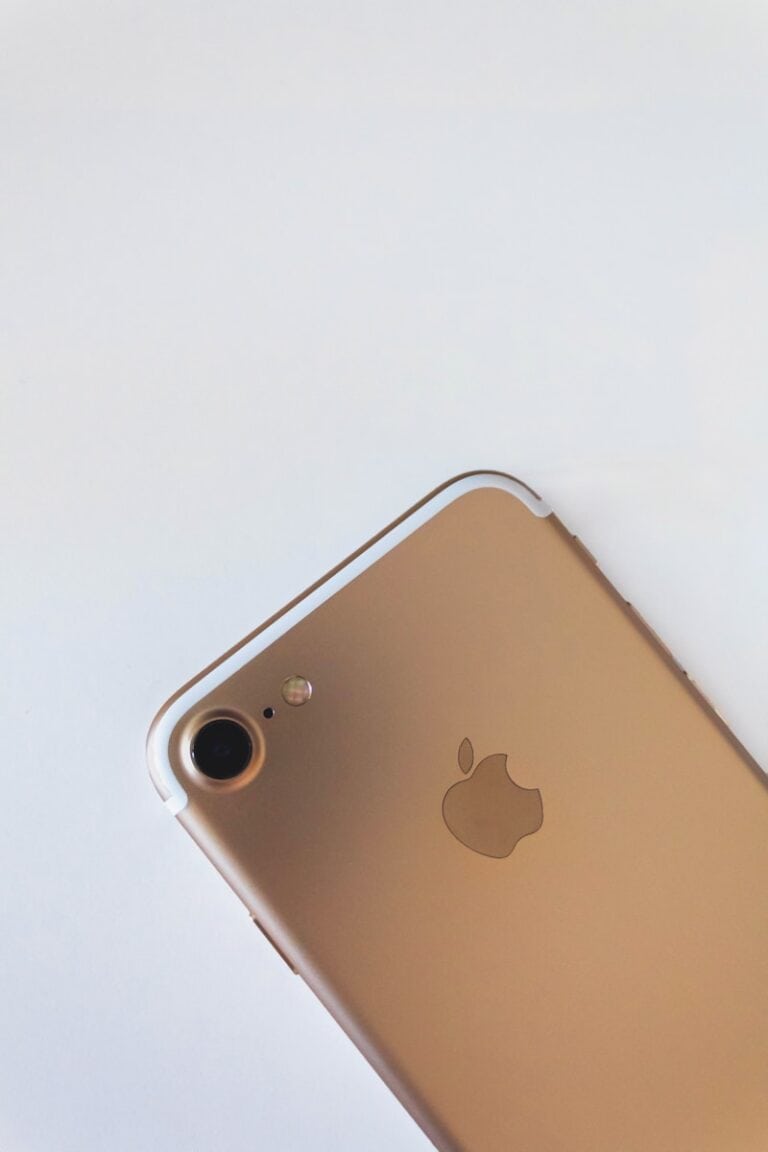
Apple plans to enter the foldable smartphone market with its first foldable iPhone expected to launch in late 2026. This move could boost sales and help the smartphone industry, which has seen recent declines. The smartphone market has been quite stagnant, but Apple’s new device might change that. There are rumors about the foldable iPhone, and many believe it could be a game-changer. With Apple’s strong design and user experience, this phone could make foldable devices popular and revitalize the industry.
As we approach 2026, interest in the foldable iPhone is likely to grow. People are eager to learn about its features and the environment in which it will operate. Apple has a chance to reshape the smartphone market again, like it has many times before. The key question is: Can Apple’s foldable iPhone revive a struggling part of the smartphone industry? While there is great potential, challenges remain. Over time, we will see if this innovative device can overcome those obstacles and change the foldable smartphone landscape. The outcome is important, and it could redefine the future of smartphones in ways we have not yet imagined.
Apple’s Foldable iPhone: A Potential Game-Changer for the Smartphone Market
The smartphone market has been experiencing a slowdown in recent years. Innovation has plateaued, and consumers are holding onto their devices for longer periods. However, Apple’s rumored entry into the foldable phone arena in 2026 could potentially revitalize the industry.
A New Era of Foldable Phones
Foldable phones have been around for a few years now, with brands like Samsung leading the charge. However, the technology is still relatively new, and there have been challenges with durability, software optimization, and high prices. Apple, known for its meticulous design and focus on user experience, could address these issues and bring foldable phones into the mainstream.
Apple’s Foldable iPhone: What We Know So Far
While Apple hasn’t officially confirmed the development of a foldable iPhone, numerous rumors and reports suggest that it’s in the works. Here’s what we’ve gathered from reliable sources:
- Release Date: Industry analysts predict a 2026 launch for Apple’s foldable iPhone.
- Design: The device is expected to feature a clamshell design, similar to the Samsung Galaxy Z Flip, folding vertically to become more compact.
- Display: Rumors point to a flexible OLED display with a diagonal of 7.9 to 8.3 inches when unfolded.
- Features: We can anticipate Apple’s signature focus on seamless integration with its ecosystem, including iOS optimization for the foldable format and potential stylus support.
How Apple Could Reinvigorate the Market
Apple’s entry into the foldable phone market could have a significant impact for several reasons:
- Brand Loyalty: Apple enjoys a large and loyal customer base that eagerly anticipates new product releases.
- Innovation: Apple has a history of refining existing technologies and presenting them in user-friendly ways, potentially overcoming the hurdles that have hindered wider foldable phone adoption.
- Premium Experience: Apple’s focus on high-quality materials, design aesthetics, and software optimization could make its foldable phone a highly desirable premium device.
- Market Validation: Apple’s entry into the foldable market could validate the technology and encourage other manufacturers to further invest in innovation.
Challenges and Opportunities
While Apple’s foldable iPhone holds great promise, there are challenges to consider:
- Pricing: Foldable phones are currently expensive, and Apple’s version is likely to be no exception. This could limit its accessibility to a wider audience.
- Durability: Ensuring the durability of the hinge and flexible display will be crucial for long-term user satisfaction.
- Software Optimization: Adapting iOS to a foldable format will require careful consideration to ensure a seamless and intuitive user experience.
Despite these challenges, the potential rewards for Apple and the smartphone market are significant. A successful foldable iPhone could reignite consumer interest, drive innovation, and usher in a new era of mobile technology.
| Aspect | Details |
|---|---|
| Release Date | Expected in 2026 |
| Design | Clamshell (vertical fold) |
| Display | Flexible OLED, 7.9 to 8.3 inches (unfolded) |
| Potential Impact | Reignite market interest, drive innovation, validate foldable technology |
Short Summary:
- Foldable smartphone market faces decline after years of growth.
- Apple is expected to launch a foldable iPhone in late 2026, potentially boosting sales.
- Industry analysts predict significant growth for foldable devices due to Apple’s influence.
The foldable smartphone market, once considered the cutting edge of mobile technology, is currently experiencing a slump. After a remarkable growth trend of at least 40% from 2019 to 2023, the market is now projected to see a significant slowdown. A recent report from Display Supply Chain Consultants (DSCC) indicates that annual sales of foldable devices have stalled at approximately 22 million units. Predictions show only a 5% growth for 2024, followed by a 4% decline expected in 2025.
This downward trend is also evident in component procurement, which experienced a dramatic decline of 38% year-over-year in the third quarter of 2024, raising concerns about the future of foldable smartphones. However, there is a glimmer of hope on the horizon: Apple’s anticipated launch of its foldable iPhone in the latter half of 2026. Given Apple’s leading position in the market, this introduction could be the catalyst needed to reverse the declining sales trend. Experts predict that 2026 could be a crucial year for foldable phones, with growth expected to exceed 30%, and even more significant increases anticipated in 2027 and 2028. This positive outlook is largely based on the belief that Apple’s influence will be instrumental in reshaping market dynamics. According to DSCC, while other companies have dampened their efforts in the foldable sector, Apple’s innovative reputation and the upcoming device could transform the landscape.
The new foldable iPhone is expected to feature a “clamshell” design similar to the Samsung Galaxy Z Flip, with a screen size ranging from 7.9 to 8.3 inches. Combining advanced technology with Apple’s signature user experience, this device aims to improve practicality and change how consumers view foldable smartphones.
“Apple’s anticipated entry into this segment is a beacon of hope,” said Ross Young, a prominent analyst at DSCC. “Their influence could bring renewed consumer excitement.”
The anticipated clamshell design of the foldable iPhone is expected to provide a full-sized device that easily folds to fit comfortably into a pocket or bag. With this approach, Apple looks to strike the right balance between functionality and portability—offering a large display for multitasking while ensuring it’s travel-friendly when needed. This combination could prove persuasive for potential buyers who are currently hesitant.
However, the road to consumer acceptance remains bumpy. Despite the excitement surrounding Apple’s potential entry, the current stagnation in foldable smartphones can be attributed to several factors. Leading competitors, including Samsung, Huawei, and Motorola, have struggled to gain substantial traction. Issues concerning durability, cost, and user experience have dissuaded many potential consumers. Yet, with Apple’s robust reputation for quality and innovation, some experts believe that the foldable iPhone could tip the scales—making foldables more mainstream.
The DSCC report highlights that 2024 and 2025 could see continued decline while the industry awaits Apple’s arrival. The demand for foldable screens had reached a saturation point among existing manufacturers. Yet, the potential for Apple to invigorate sales can’t be dismissed. Apple is known for transforming market sectors, and its entry into foldables is no exception.
“If Apple truly enters the foldable space, it could change consumer perceptions and encourage uptake,” noted technology expert Kim Adams.
As for the technical specifications, reports indicate that Apple’s foldable iPhone will incorporate cutting-edge technology, including a flexible OLED display designed to withstand extensive folding. The integration of powerful hardware along with iOS will ensure seamless usage of Apple’s various services such as iCloud, Apple Music, and Apple Pay, emphasizing a cohesive ecosystem that fans of the brand have come to expect.
This technological innovation is expected to raise the bar for competitors. By producing a device that sets a new standard in both design and performance, Apple could not only reignite consumer interest but also stimulate further research and development across the industry. The anticipation surrounding this launch indicates that it could potentially be a game changer when it becomes available.
Yet, it raises critical questions about the broader market. Analysts have cautioned that if the market for foldables is already peaking, Apple’s efforts may not carry the weight expected. Will it simply be a temporary uplift rather than a sustained trend? Or could the new foldable iPhone genuinely redefine market realities and consumer habits?
HalfwitWizard, a keen technology observer, commented, “A foldable iPhone would certainly boost interest, but can it resuscitate a faltering category? Time will reveal the answer.”
With Apple’s reputation for producing only high-quality devices, any upcoming products will be scrutinized closely. The foldable smartphone category is evolving, and Apple’s arrival could mark a turning point—encouraging others to innovate and adapt.
The anticipation of the foldable iPhone’s launch has already sparked conversations about what consumers can expect from Apple’s vision of foldable technology. While existing models have had mixed success, Apple’s ability to leverage its user experience and brand loyalty could sway buyers who may have previously been reluctant. By delivering award-winning designs and functionality, Apple has built a strong connection with its audience.

